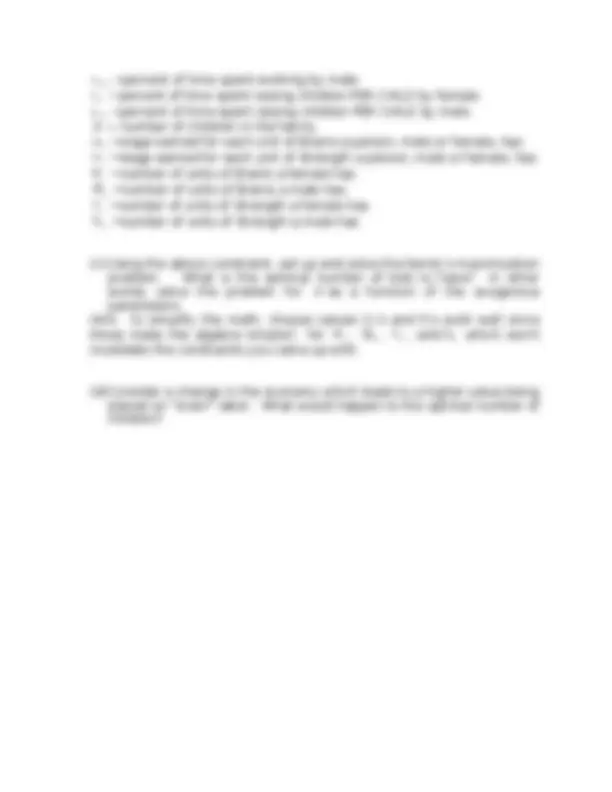



Study with the several resources on Docsity

Earn points by helping other students or get them with a premium plan


Prepare for your exams
Study with the several resources on Docsity

Earn points to download
Earn points by helping other students or get them with a premium plan
Community
Ask the community for help and clear up your study doubts
Discover the best universities in your country according to Docsity users
Free resources
Download our free guides on studying techniques, anxiety management strategies, and thesis advice from Docsity tutors
Material Type: Assignment; Class: Intermed Microeconomic Theory; Subject: Economics; University: Davidson College; Term: Unknown 2008;
Typology: Assignments
1 / 3

This page cannot be seen from the preview
Don't miss anything!


Labor Force Participation and Fertility
Sourc es : LFP rates are f or pers ons aged 25 - 54 f rom Current Population Surv ey http://w w w .bls .gov /data/home.htm Fertility rate is liv e births per 1000 w omen aged 15 - 44. http://w w w .c dc .gov /nc hs /data/natality /nv s 49 _ 1 t 1 .pdf
(^2) Thanks to Prof. Edward Glaesar of Harvard for permission to use this problem. (^3) This is Figure 1 from “The Effect of Children on Female Labor Supply in the United States from 1950 to 2000,” by Mark C. Foley and Adam G. York (2005), Davidson College, working paper.